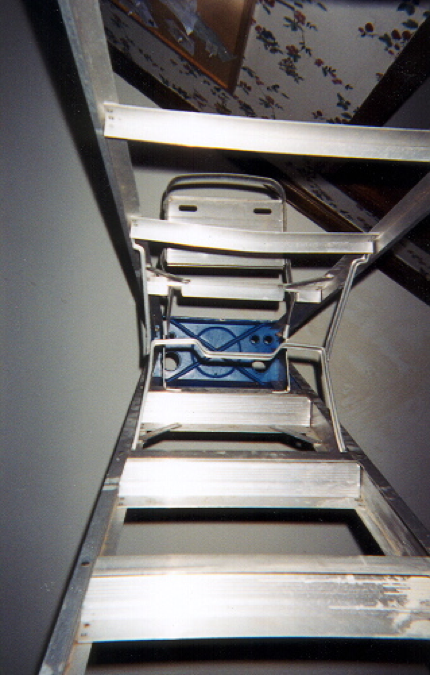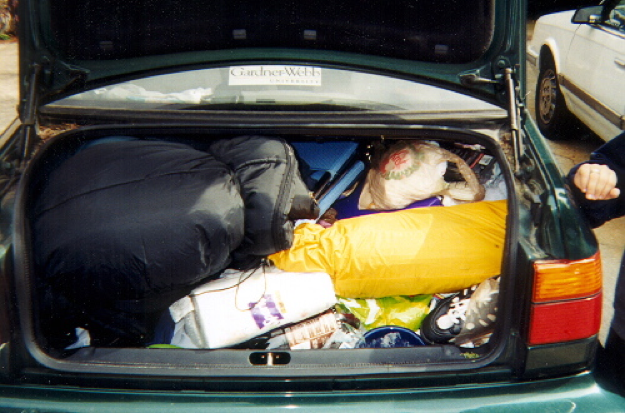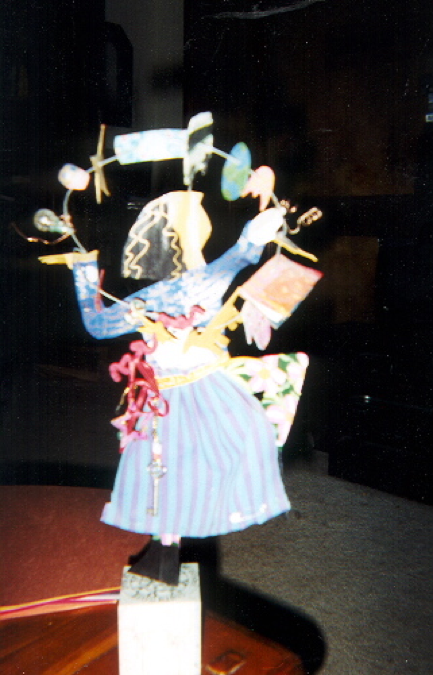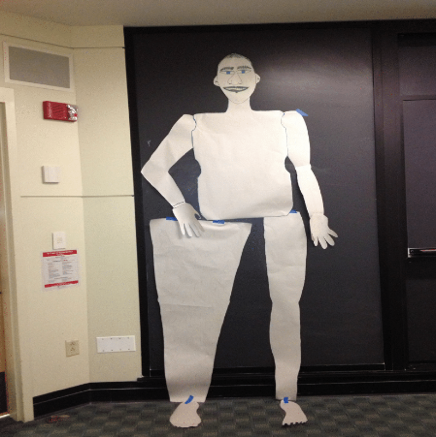Blane K. McCann, Ph.D.
Superintendent, Westside Community Schools
Recently, I reread Malcolm Gladwell's Outliers (2008) and I was struck by how he viewed success in the United States. We forget that much of individual success is built on hard work, with a focus on what we enjoy doing. We see successful people and call them lucky. Gladwell explains that many factors go into becoming a successful person, and Gladwell’s various stories and theories about success impacted me as an educator. In fact, it made me reflect deeply about how schools could increase the access and provide additional opportunities for all students to begin their work toward becoming an expert in an area of strength, talent, or interest.
As educators, we can and should play a role in supporting students and their success.
Yes, talent, commitment, hard work, opportunity, and when you are born does make a difference. My father was born in 1920. As it turned out, we all know where young men born at that time were in 1941-1945. They were fighting World War II. Gladwell also provides examples of successful hockey and baseball players who are given better opportunities to grow, along with access to better coaching, partly because of when they were born.
Additionally, the titans of Silicon Valley were born in 1954-1955. The examples of Bill Joy and Bill Gates show that they were afforded opportunities to try new things and to learn from failure: Bill Joy at the University of Michigan and Bill Gates at his private school in Seattle. They explored and spent time learning how to code and try out their theories in ways that other young bright people were not able to do at that time. Fortunately for them, they were living at a time and working in areas where they could spend hours on a computer due to time-sharing capabilities found in Ann Arbor and Seattle. Granted, they also worked very hard and learned from failure. But more importantly, they began to accumulate the 10,000 hours needed to become an expert in an area of interest that became a passion.
While Bill Gates and Bill Joy enjoyed opportunities to grow and to develop their talents, many of our students do not. As public educators, we understand that many minorities and disadvantaged students, due to underachieving schools, uninspiring teaching, and poor financial circumstances, do not have access nor are they provided opportunity to begin the necessary work toward becoming an expert. I recently read an article by Renzulli and Brandon (2017) that outlined an approach to solving the underrepresentation of minorities and low income students in gifted and enrichment programs found in America’s public schools. It is critical to identify and instruct all students in ways that reveal their potential to their teachers and, more importantly, to themselves. We cannot wait until they are graduates before starting to work on the 10,000 hours needed to become an expert.
Much like Sir Kenneth Robinson (2009) states in his book The Element, understanding that you have a talent and an aptitude for something leads to success. It is not just luck or when you were born; all generations have unique opportunities. However, having access and opportunity to nurture that talent and aptitude is just as important to possessing that innate talent and turning it into a strength. In our school district, we use the Gallup Explorer with our learners so they may begin, at an early age, to understand themselves and turn their talents into strengths, taking advantage of the opportunities that may come along in their lifetimes.
I have learned through my experience as a superintendent and as an elementary and middle school principal that programs such as the Renzulli and Reis (1997) Schoolwide Enrichment Model (SEM) and Renzulli’s (2001) Academies of Inquiry and Talent Development (AITD) are essential for our youngest learners to begin their journey of becoming an expert.
I implemented both approaches in schools where I served as principal and superintendent. As the principal of John Bullen Middle School, I observed increases in attendance, positive behavior and, most importantly, student achievement. In fact, the cohort of African American students that transition to Bradford High School in Kenosha, Wisconsin saw the highest ACT scores among black students that school had seen in many years.
Why? We changed the mindset of those students by identifying them for gifted and enrichment programs and activities. Our faculty recognized our learners’ many talents and high potential and then nurtured students through SEM and AITD programs. These students realized that they could aspire to college, community college, or earn certifications that put them on a positive pathway to a career. They had begun the accumulation of 10,000 hours and felt very good about where they were heading. My most vivid memory is about a sixth grade student who became the "school meteorologist." His focus and dedication to the field he loved led to a college degree in this area and he is now an associate researcher working on weather satellite systems at the University of Wisconsin.
Today, at Westside Community Schools we extend learning for many students through internships, dual credit opportunities, and our Nebraska Furniture Mart School of Entrepreneurial Thinking (SET) in the areas of Information Technology, STEM education, and health sciences, creating opportunities for students to work closely with Omaha businesses.
I see the value of personalized learning for all students through the implementation of SEM and AITD. My colleagues and I see a relationship between personalized learning and gifted education. Working with Joe Renzulli, we continue to expand our definition of gifted and talented identification. In our district, we also talk about students with high potential so that we can provide access to robust academic programming and opportunities to become an expert.
I am able to connect personalized learning, gifted education, and the PLC movement by using gifted strategies to extend learning for all students. While this includes identified gifted students, a teacher is able to serve many more students who demonstrate task commitment, creativity, and high potential. By knowing our students well, we gain a better understanding of what they enjoy learning about and we help them to do their best work on a daily basis. It helps teachers to nurture their strengths, talents, and interests. In my strand, I will share an approach and my story on how to build a school and district culture that embraces Schoolwide Enrichment along with the use of a variety of gifted strategies that allow educators to personalize learning with all students.
In closing, I see SEM and AITD as the springboards for a school district to extend and personalize learning for all students and to combat the underrepresentation of underprivileged children who are often overlooked for gifted and enrichment programs. It is time to fully see all students and their individual talents so we may support them in their journey toward expert status. We do not want to miss the next generation of people like Bill Gates and Bill Joy.



